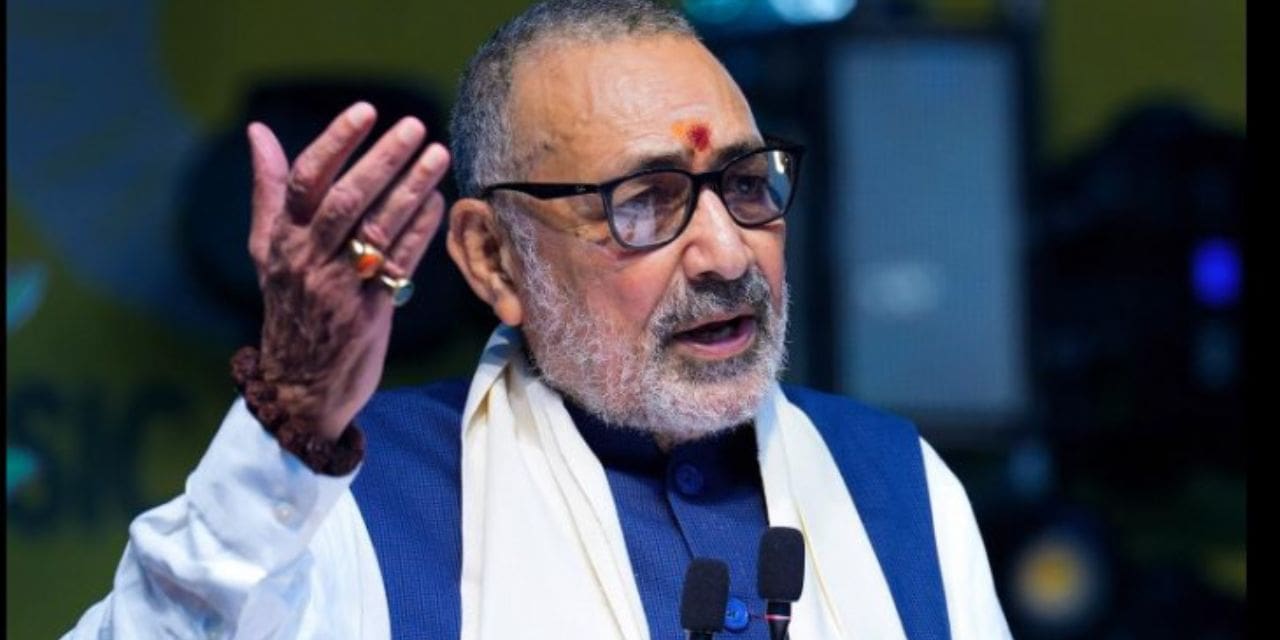In a recent gathering in New Delhi, the Hon’ble Union Textile Minister of India, Shri Giriraj Singh, convened a meeting with various textile associations from across the country to address the pressing issue of enhancing employment opportunities in the textile sector.
Among the attendees was Ashish Gujrati, former President of The Southern Gujarat Chamber of Commerce and Industry, who delivered a comprehensive presentation outlining strategies for the growth and advancement of the textile industry, particularly in terms of increasing employment rates.
During the discussions, it was highlighted that the textile industry in Surat, India, currently sustains a workforce of 4.5 crore individuals, making it the second-largest employer after agriculture. Emphasis was placed on the need to support small and MSME entrepreneurs, with calls for the implementation of schemes such as capital subsidy for their development and upgradation.
Additionally, proposals were made to revise existing schemes like the Production-Linked Incentive (PLI) to accommodate industrialists with lower investment thresholds, aiming to promote inclusivity and bolster the industry’s workforce further.
Experts also underscored the importance of ensuring access to high-quality raw materials at competitive prices, advocating for measures to address challenges such as the shortage of Purified Terephthalic Acid (PTA) impacting weaving units’ operations.
Suggestions were put forward for the introduction of specialised PLI schemes for unique yarn varieties not locally manufactured to stimulate domestic production. Furthermore, it was recommended to restrict fabric imports to bolster India’s textile and apparel sector, in addition to providing subsidies for environmentally sustainable practices like CETP and ZLD for water jet weaving machines.
Looking ahead, ambitious targets were set for the textile industry’s growth trajectory, aiming to elevate India’s global market share substantially by 2047. Projections were made indicating a significant surge in GST revenues from textiles in the coming years, with a call for substantial financial allocation to support the sector’s expansion and transformation to realise its full potential.

